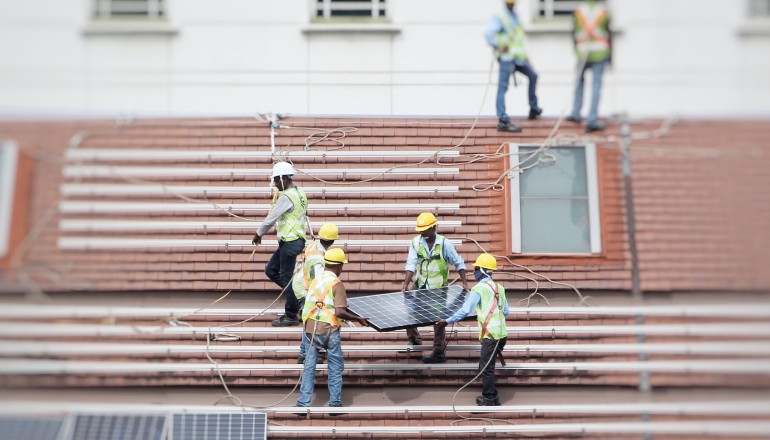An interesting news item on renewable energy caught my attention today morning. Wind energy contributed 64.54 billion units in the last three quarters from April-January FY2022-23 to India’s energy basket. It is not surprising that Gujarat and Tamil Nadu lead the pack with 17,062 million units and 15,703 million units respectively. The data was released by the Ministry of New and Renewable Energy.
Considering what the wind sector has gone through in the past couple of years, the growth in the wind energy segment is commendable. Overall, only 41% of projects awarded by SECI during 2018-21 were commissioned till December 2022. 23% were cancelled and the balance were delayed due to land acquisition, and evacuation and supply-side constraints.
I remember my stint with a leading wind energy association where we constantly spoke about the need for capacity addition of 3-6 GW per year and moving beyond 10 GW/year before 2020. Those days our efforts did not bear fruits. It doesn’t end here. Credit Rating agency Crisil, in a press release titled: “Wind energy sector set to surge 4-5x on policy tailwinds” reiterated that India added wind energy of 1.6 GW per annum average. Comparatively, the solar energy sector averaged 8.3 GW per annum in the last five fiscals from 2017 to 2022.
But now the climate rather the wind has changed the segment. This time, for the good. The recent development is an upbeat development in the wind energy market segment.
As per CRISIL, moves by the Ministry of New and Renewable Energy (MNRE) can crank up India’s annual wind capacity implementation to 6-8 gigawatt (GW) per annum starting fiscal 2026, significantly more than the 1.6 GW annual rate clocked in the past five years.
New Policy
New policy measures by the MNRE are adding the thrust. One, MNRE has set a goal to award 8 GW of wind tenders per annum. This is significant because wind tendering has been low at just 3.3 GW per annum in the past five fiscals. Secondly, the ministry has replaced the reverse auction process with a single-stage, two-envelope closed bidding. This should curb irrational bidding. We expect tariffs to rise 20-30% over the recent Rs 2.89-2.94 per unit 4 (to provide more than 10% internal rate of return), on account of changes in the bidding process, resource variability at newer sites, etc, CRISIL said in a press release.
It noted that MNRE has mandated that all discovered renewable tariffs for each state will be pooled and offered to discoms at an average pooled tariff by an intermediary such as SECI. That would lower the risk for wind power project developers because SECI fares significantly better than state discoms in terms of payment of dues.
Strict disciplinary actions such as revoking bank guarantees if the project is not delayed by a year or debarment for 5 years if the project is delayed by 18 months will ensure timely completion, CRISIL stated.
“Basis our discussions with developers, considering 8 GW of bidding in fiscal 2024 and 20-24 months to the commission, around 6-8 GW capacity can be installed every year starting FY2026. This factors in policy push by the government. The annual installations could be on the lower side than the tender volume if the historical reasons for the delay that may be beyond the control of developers, persist,” said Ankit Hakhu, Director, CRISIL Ratings.
Recalling here PM’s recent statement— India’s green energy potential is no less than a goldmine. Renewable energy contributes more than 40% to the country’s energy basket. And the set target is to achieve 500 GW of renewable energy by 2030.
ACHIEVABLE – no doubt as the ministry is taking proactive steps and the industry is gearing to tap the potential of repowering and offshore wind energy.









